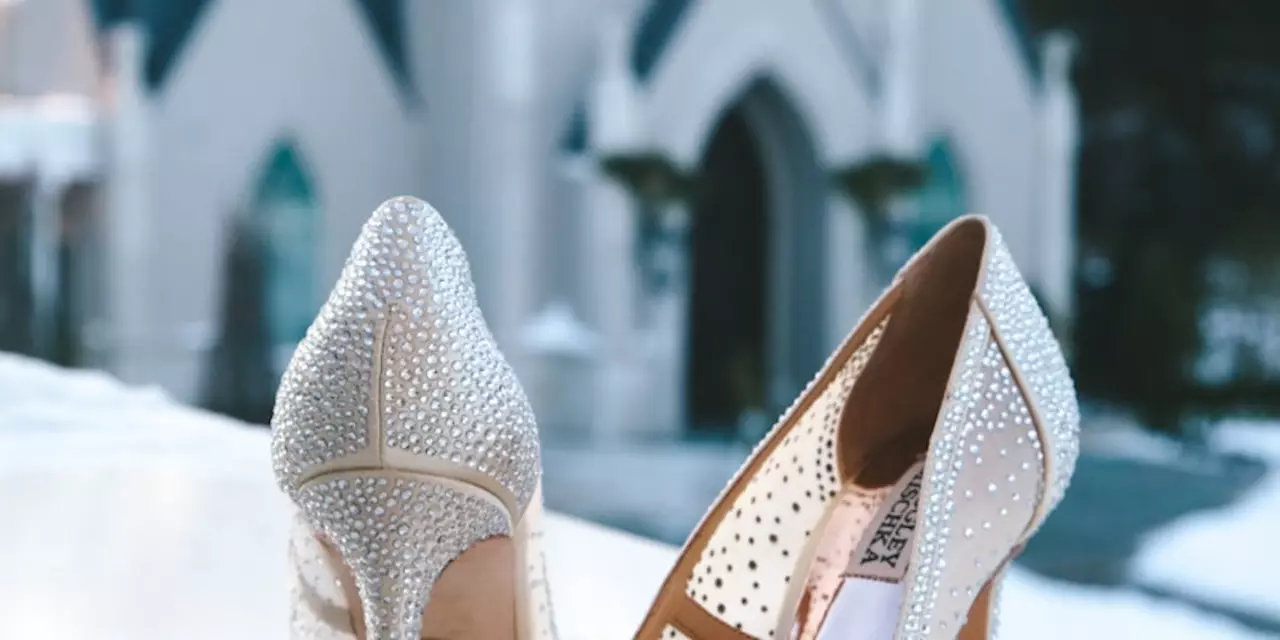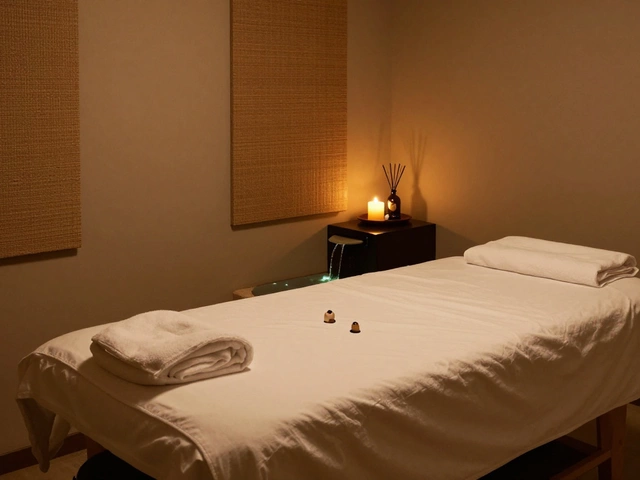tennis shoes – the foundation of a better game
When you talk about tennis shoes, a pair of specialized shoes designed for the quick bursts, lateral moves and pivoting that tennis demands. Also known as court footwear, they blend grip, cushioning and stability into one package. The right pair helps you stay light on the court, reduces strain on joints and keeps your footwork sharp.
One key component is cushioning, the material that absorbs impact when you sprint or slide. Good cushioning means less shock to your knees and hips, especially on hard surfaces. Another must‑consider is the court surface, the type of ground you play on – clay, hard, or grass. Each surface demands a specific tread pattern to prevent slipping and to maximize traction.
Beyond comfort, injury prevention, features like ankle support and ergonomic design play a big role. A shoe that stabilizes your foot during lateral cuts can keep common tennis injuries at bay. Brands often tout proprietary technologies – think Nike’s Zoom Air, Adidas’ Boost, or Asics’ Gel – that claim to enhance performance and protect you.
Putting these pieces together, you get a clear picture: tennis shoes encompass cushioning technology, require a match between tread and court surface, and influence injury prevention. A well‑chosen pair also aligns with your playing style – aggressive baseliners need different support than serve‑and‑volley players. Understanding these links helps you pick shoes that feel right and actually improve your game.
How to match shoes to your needs
Start by identifying the predominant surface you play on. Hard courts call for durable outsole rubber and a flatter tread, while clay courts benefit from a herringbone pattern that slides just enough for movement without digging in. Next, assess your foot type: pronators need extra medial support, while neutral feet can enjoy lighter, more flexible models.
Don’t forget fit. A snug heel pocket prevents slippage, but too tight a toe box can lead to blisters. Try shoes on later in the day when your feet are slightly swollen; this gives a realistic feel of how they’ll behave during a long match.
Finally, weigh the brand’s technology against your budget. Premium models often include advanced cushioning and breathable uppers, but mid‑range shoes can still offer solid stability and grip. Look for user reviews that mention durability – a shoe that lasts several seasons saves you money in the long run.
With these guidelines, you’ll be ready to sort through the options and find the perfect pair. Below you’ll see a curated list of articles that dive deeper into specific shoe models, technology trends, and how the right footwear can boost your performance on any court.
Do pantyhose feel good in tennis shoes?
Pantyhose can be worn in tennis shoes, although many people find them uncomfortable. They can provide warmth, support and a snug fit, but they can also cause discomfort due to the tightness of the material. It is important to choose the right size and material to ensure comfort. Synthetic materials are usually best, as they offer flexibility and breathability. For added comfort, a thin, breathable sock can be worn underneath the pantyhose. Ultimately, comfort is subjective and it is up to the individual to decide if pantyhose are a comfortable choice for their shoes.



